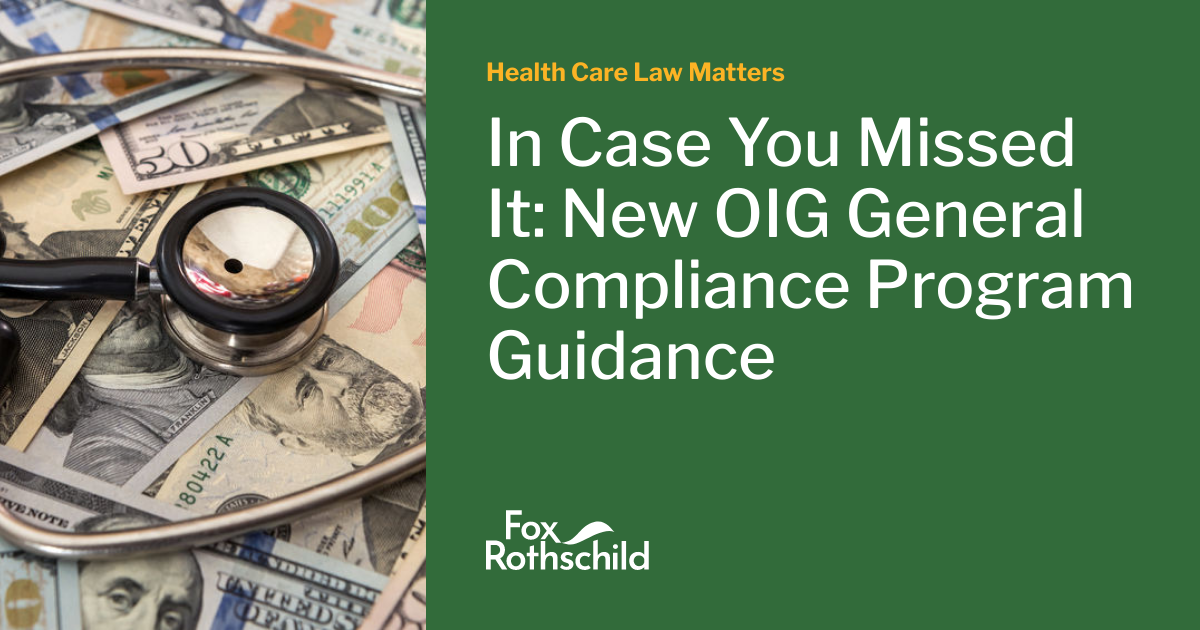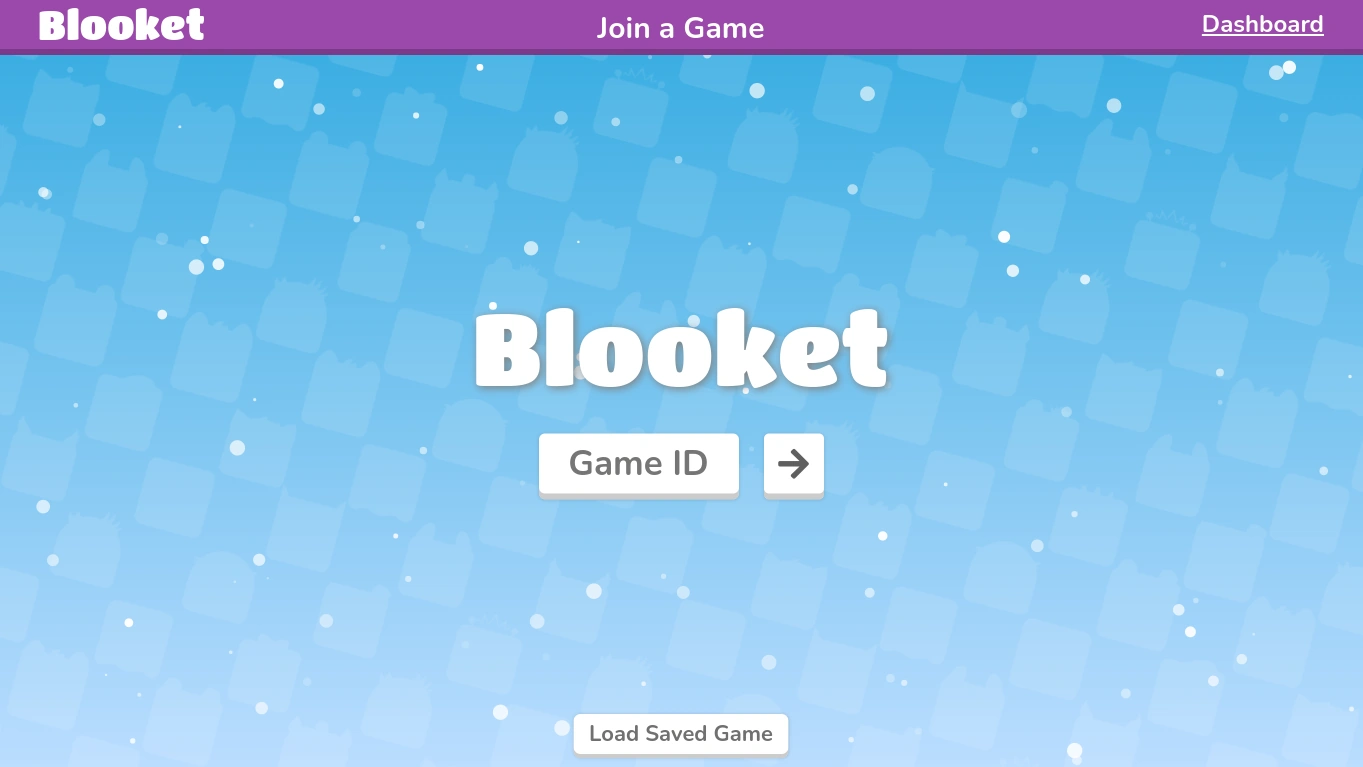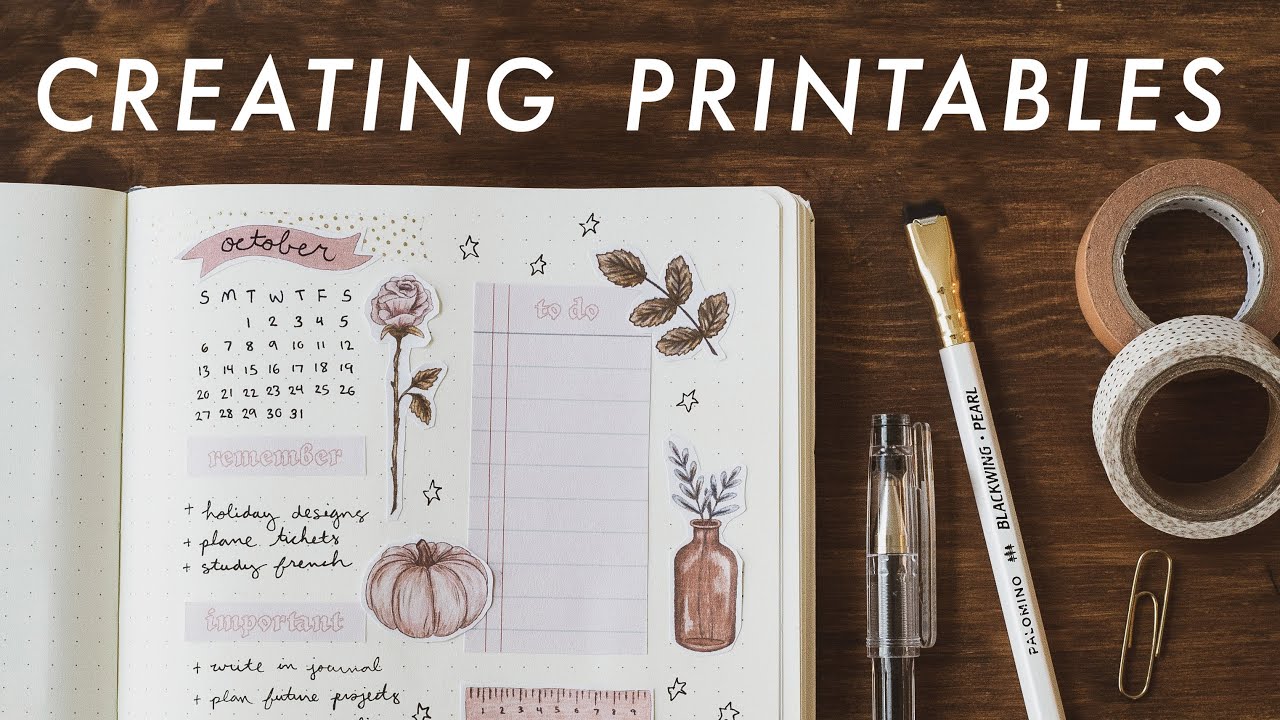Introduction
In today’s complex healthcare landscape, compliance isn’t just a regulatory requirement; it’s a crucial component of operational integrity and patient trust. The Office of Inspector General (OIG) plays a pivotal role in ensuring that healthcare organizations adhere to the highest standards of compliance. But what exactly does the OIG’s General Compliance Program entail? Let’s dive into the essential elements and benefits of this critical framework.
What is the OIG?
History and Mission
The Office of Inspector General (OIG) was established to combat fraud, waste, and abuse within the Department of Health and Human Services (HHS). Since its inception, the OIG’s mission has been to protect the integrity of HHS programs as well as the health and welfare of the beneficiaries of those programs.
Key Functions
The OIG performs a variety of functions including audits, investigations, and inspections. These activities help identify systemic issues within healthcare organizations and ensure compliance with federal laws and regulations.
Understanding the General Compliance Program
Definition and Purpose
The OIG’s General Compliance Program is a comprehensive framework designed to help healthcare organizations develop effective internal controls that promote adherence to legal and ethical standards. Its primary purpose is to prevent, detect, and respond to non-compliance issues.
Key Elements
An effective compliance program consists of several key elements, each contributing to the overall integrity and functionality of the organization. These elements are crucial for mitigating risks and fostering a culture of compliance.
Seven Fundamental Elements of an Effective Compliance Program
Standards and Procedures
Establishing clear policies and procedures is the cornerstone of any compliance program. These guidelines provide a roadmap for employees, ensuring that everyone understands their responsibilities and the organization’s expectations.
Compliance Oversight
Effective oversight is critical for maintaining a robust compliance program. This includes appointing a dedicated Compliance Officer and forming a Compliance Committee to oversee the implementation and adherence to compliance policies.
Education and Training
Continuous education and training are vital to keeping staff informed about compliance standards and regulatory changes. Regular training sessions help reinforce the importance of compliance and ensure that employees are well-equipped to handle compliance-related issues.
Effective Communication
Open lines of communication are essential for a successful compliance program. This includes establishing reporting mechanisms that allow employees to report compliance concerns without fear of retaliation.
Monitoring and Auditing
Regular monitoring and auditing help identify potential compliance issues before they escalate. Conducting routine audits and risk assessments ensures that the organization remains vigilant and proactive in addressing compliance risks.
Disciplinary Guidelines
Enforcing standards through disciplinary guidelines is necessary to maintain compliance. Clear disciplinary actions for non-compliance demonstrate the organization’s commitment to upholding ethical standards.
Response and Prevention
Developing corrective action plans and preventive measures is crucial for addressing compliance issues effectively. These strategies help mitigate risks and prevent future occurrences of non-compliance.
Standards and Procedures
Establishing Clear Policies
Creating and maintaining clear, comprehensive policies is essential for guiding employee behavior and decision-making. These policies should be accessible to all employees and regularly updated to reflect changes in regulations.
Code of Conduct
A well-defined Code of Conduct outlines the ethical principles and expectations for employee behavior. It serves as a foundation for the organization’s compliance culture and provides a reference for addressing ethical dilemmas.
Compliance Oversight
Role of the Compliance Officer
The Compliance Officer plays a crucial role in overseeing the compliance program. This individual is responsible for ensuring that the organization adheres to its compliance policies and procedures and for coordinating compliance activities across departments.
Compliance Committee
The Compliance Committee, typically composed of senior leadership, provides strategic oversight and supports the Compliance Officer in implementing the compliance program. The committee ensures that compliance initiatives align with the organization’s goals and regulatory requirements.
Education and Training
Importance of Continuous Education
Ongoing education is essential for maintaining compliance awareness. Training programs should be tailored to the needs of different departments and updated regularly to reflect new regulations and compliance trends.
Training Programs
Effective training programs should include a variety of methods, such as in-person sessions, online courses, and workshops. These programs should cover key compliance topics and provide practical examples to help employees understand and apply compliance principles.
Effective Communication
Open Lines of Communication
Establishing open lines of communication is critical for fostering a culture of compliance. Employees should feel comfortable reporting compliance concerns and confident that their reports will be taken seriously and addressed promptly.
Reporting Mechanisms
Effective reporting mechanisms, such as hotlines and anonymous reporting systems, encourage employees to report compliance issues without fear of retaliation. These mechanisms should be easy to access and promote transparency within the organization.
Monitoring and Auditing
Regular Audits
Conducting regular audits is essential for identifying and addressing compliance risks. Audits should be systematic and thorough, covering all aspects of the organization’s operations to ensure compliance with regulations and internal policies.
Risk Assessment
Regular risk assessments help organizations identify potential compliance risks and develop strategies to mitigate them. These assessments should be conducted periodically and whenever there are significant changes in the regulatory environment or the organization’s operations.
Disciplinary Guidelines
Enforcement of Standards
Enforcing standards through disciplinary guidelines is crucial for maintaining compliance. Clear consequences for non-compliance reinforce the importance of adherence to policies and demonstrate the organization’s commitment to ethical behavior.
Disciplinary Actions
Disciplinary actions should be fair and consistent, providing a deterrent against non-compliance. These actions should be documented and communicated to all employees to ensure transparency and accountability.
Response and Prevention
Corrective Action Plans
Developing corrective action plans is essential for addressing compliance issues promptly and effectively. These plans should outline the steps needed to rectify the issue and prevent its recurrence.
Preventive Measures
Implementing preventive measures helps mitigate the risk of future compliance issues. These measures may include policy updates, additional training, and enhanced monitoring and auditing processes.
Benefits of a Robust Compliance Program
Reducing Legal Risks
A strong compliance program helps reduce legal risks by ensuring that the organization adheres to all relevant laws and regulations. This can prevent costly fines, penalties, and legal battles.
Enhancing Reputation
An effective compliance program enhances the organization’s reputation by demonstrating a commitment to ethical behavior and regulatory adherence. This can build trust with patients, partners, and regulators.
Challenges in Implementing Compliance Programs
Resource Allocation
Implementing a compliance program requires significant resources, including time, money, and personnel. Organizations must allocate sufficient resources to ensure the program’s success.
Keeping Up with Regulations
The regulatory environment is constantly evolving, making it challenging for organizations to stay up-to-date with the latest requirements. Continuous monitoring and adaptation are necessary to maintain compliance.
Case Studies
Successful Implementation
Examining case studies of successful compliance program implementations can provide valuable insights and best practices. These examples highlight the importance of strong leadership, effective communication, and continuous improvement.
Lessons Learned
Learning from past mistakes and successes is crucial for refining and improving compliance programs. Organizations can benefit from analyzing case studies and applying the lessons learned to their own compliance efforts.
Conclusion
The OIG’s General Compliance Program is an essential framework for ensuring healthcare organizations operate with integrity and adhere to regulatory requirements. By implementing the seven fundamental elements of an effective compliance program, organizations can mitigate risks, enhance their reputation, and foster a culture of ethical behavior. As the regulatory landscape continues to evolve, staying committed to compliance will be more important than ever.
FAQs
What is the OIG’s role in healthcare compliance?
The OIG oversees the integrity of healthcare programs by conducting audits, investigations, and inspections to prevent fraud, waste, and abuse.
How often should compliance training be conducted?
Compliance training should be conducted regularly, at least annually, and whenever there are significant regulatory changes or updates to internal policies.
What are the penalties for non-compliance?
Penalties for non-compliance can include fines, penalties, exclusion from federal programs, and damage to the organization’s reputation.
Can small healthcare providers implement these programs?
Yes, small healthcare providers can implement compliance programs by tailoring the elements to fit their resources and specific needs.
How does technology aid in compliance efforts?
Technology aids in compliance efforts by providing tools for monitoring, auditing, training, and reporting, making it easier to manage and enforce compliance programs.

 Entertainment3 months ago
Entertainment3 months ago
 Entertainment3 months ago
Entertainment3 months ago
 Entertainment4 months ago
Entertainment4 months ago
 Tech3 months ago
Tech3 months ago
 Fashion5 months ago
Fashion5 months ago
 Entertainment2 months ago
Entertainment2 months ago
 Entertainment3 months ago
Entertainment3 months ago
 Life Style3 months ago
Life Style3 months ago



